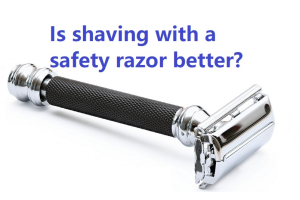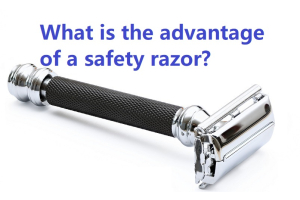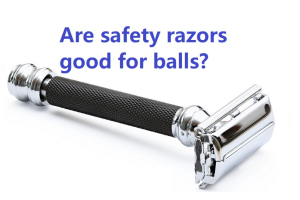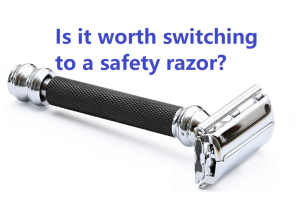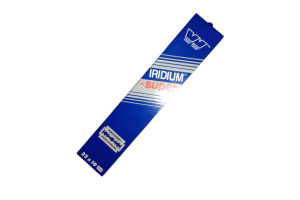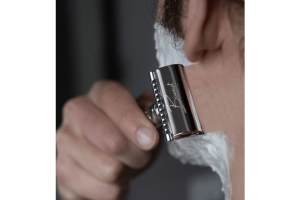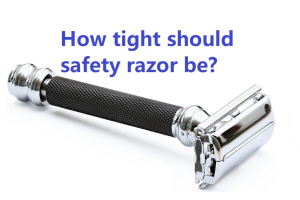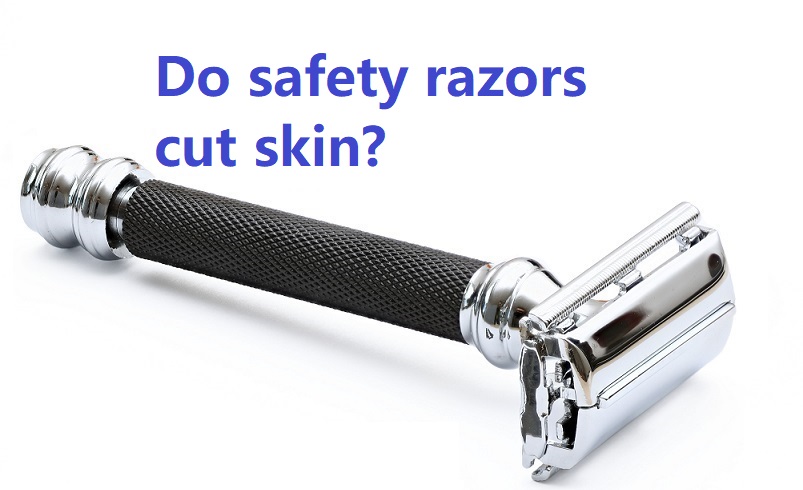
While safety razors are designed to reduce the risk of cuts and nicks compared to other types of razors, it is still possible to cut your skin when using a safety razor.
The protective guard on a safety razor helps to minimize the risk of cuts, but if you use too much pressure, shave too quickly, or use a dull blade, you may still end up with nicks or cuts. It is also important to be careful when shaving sensitive areas, such as the neck, underarms, or bikini area.
To minimize the risk of cuts when using a safety razor, here are some tips:
-
Use a fresh, sharp blade: Dull blades are more likely to cause nicks and cuts, so make sure to use a fresh blade when shaving.
-
Use shaving cream or gel: Use a shaving cream or gel to create a barrier between the razor and your skin, which can help to reduce friction and prevent irritation.
-
Pull the skin taut: To help reduce the risk of cuts, pull the skin taut with your free hand while shaving.
-
Go slow and be gentle: Take your time and be gentle when shaving, using short, light strokes and avoiding pressing too hard.
-
Rinse frequently: Rinse the razor frequently to remove hair and shaving cream buildup, which can clog the blades and make shaving more difficult.
By following these tips and taking care when using a safety razor, you can minimize the risk of cuts and enjoy a smooth, clean shave.


